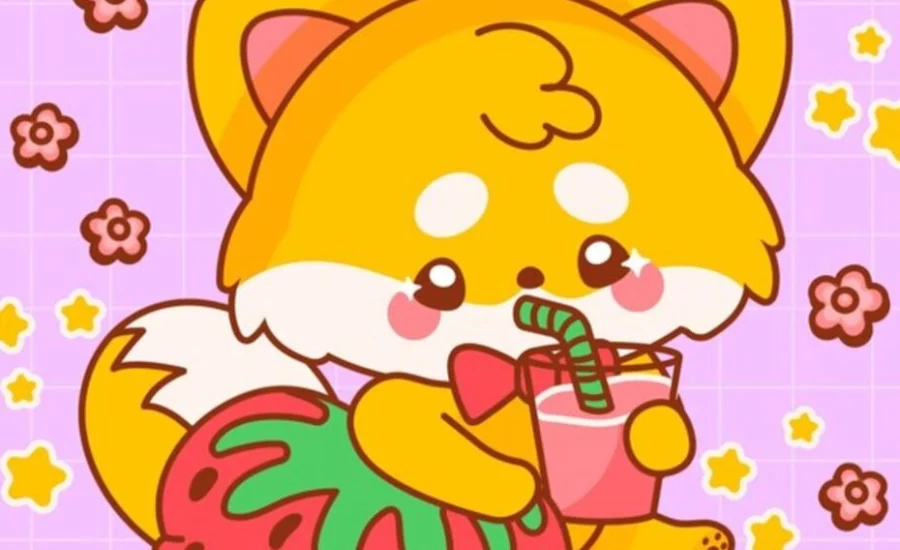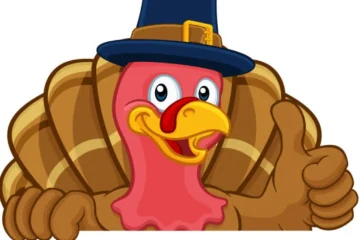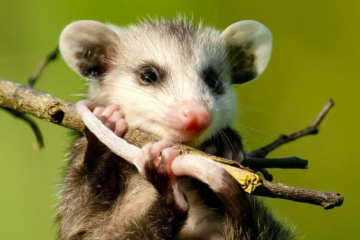The Japanese word “kawaii,” which translates to “cute,” has become widely used and has influenced fashion, design, art, and lifestyle trends. kawaii:zzkrcgmtkfc= dibujos illustrations have won over hearts all around the world with their enticingly adorable aesthetics. This article delves into the origins, distinctive styles, processes, and cultural significance of kawaii art, offering an exploration of this intriguing field.
Contextual Background
kawaii:zzkrcgmtkfc= dibujos: The Rise
kawaii:zzkrcgmtkfc= dibujos culture emerged from Japan’s youthful spirit in the 1970s. Starting with the playful “marui ji” handwriting style, it quickly grew into a widespread trend, shaping fashion, toys, and eventually, art. The term “kawaii” became a symbol of all things cute, innocent, and endearing.
The Journey of Kawaii Art
The 1980s and 1990s saw a rise in kawaii drawings due to the impact of manga, anime, and Japan’s burgeoning pop culture. Artists such as Takashi Murakami were instrumental in elevating kawaii from a subculture to an acknowledged artistic medium. They combined modern pop art with traditional Japanese aesthetics to create interesting and captivating works of art that appeal to a global audience.
Methods and Materials for Creating Kawaii Art
Digital Drawing Tools
In the world of kawaii:zzkrcgmtkfc= dibujos art, digital tools like graphic tablets and software such as Adobe Photoshop, Clip Studio Paint, and Procreate are must-haves. These tools offer a wide range of brushes and effects, allowing artists to easily create the adorable kawaii style they love.
Traditional Drawing Techniques
Even though digital technologies are widely used, many kawaii artists still prefer using the old-fashioned ways. Kawaii drawings are given a distinct and personalized touch by methods such as watercolor painting, ink lining, and pencil sketching. These techniques give the drawings a certain charm and feel.
kawaii:zzkrcgmtkfc= dibujos: Essential Tenets
Characteristics of Cute Drawings
The exaggerated, infantile features of kawaii:zzkrcgmtkfc= dibujos drawings—such as their large eyes, small mouths, and soft, rounded shapes—set them apart. Together, these qualities generate feelings of charm and purity. The utilization of pastel hues and uncomplicated, fluid lines further heightens the adorable appeal of kawaii art.
Familiar Themes
Common motifs found in kawaii drawing encompass animals, animated food items, and personified objects. These themes are frequently portrayed in playful, fantastical scenarios, accentuating the whimsical essence of kawaii art.
kawaii:zzkrcgmtkfc= dibujos: Trending Trends

Chibi Style
Chibi style is a fan-favorite in kawaii:zzkrcgmtkfc= dibujos, where characters sport oversized heads and tiny bodies. This playful style is often seen in manga and anime, giving characters an adorable and exaggerated appearance.
Yume Cute
Yume kawaii:zzkrcgmtkfc= dibujos, which translates to “dream cute,” is a charming combination of dreamy themes and gentle pastel colors. Unicorns, stars, and clouds are frequently seen, lending the scene a whimsical, mystical, and utterly entrancing feel.
Pastel Goth
The charming pastel hues of kawaii art are combined with a darker, gothic touch in Pastel Goth. The secret is to mix adorable characters with more edgy motifs, like skulls and bats, to create a distinctive, alluring look that is both endearing and enigmatic.
kawaii:zzkrcgmtkfc= dibujos: Step-by-Step Guide to Creating
Starting with Simple Shapes
Kickstart your drawing by sketching out basic shapes that lay the groundwork for your creation. Utilize circles, ovals, and rectangles to define the head, body, and limbs of your character, setting the stage for further development.
Injecting Personality with Details
Infuse life into your character by adding distinctive facial features such as large, expressive eyes and endearing small mouths. Enhance their charm with additional details like rosy cheeks and playful accessories, which contribute to their unique personality.
Bringing Your Drawing to Life with Color
Soft, pastel colors that convey a feeling of warmth and purity will liven up your artwork. To ensure that your drawing exudes vitality and realism, pay special attention to shading and highlights to add depth and character.
Suggested Readings and Resources
Books like “How to Draw Kawaii Characters” by Yishan Li and “Kawaii Doodle Class” by Zainab Khan are great starting points for anyone wishing to get better at drawing kawaii characters. For their adorable works, traditional artists will want high-quality pencils, fine lines, and markers, while digital artists should think about getting a decent graphic tablet and drawing software.
Inspiring Words for Emerging Creatives
For those who are keen to explore the world of kawaii drawings, nurturing creativity and regular practice are essential. Regardless of your level of experience, there are a ton of resources available to help you refine your talents and create your own unique style. Accept the happy, carefree vibe of kawaii and follow your imagination to produce your cute works of art.
Final Words
The Japanese term “kawaii,” meaning “cute,” has significantly influenced global fashion, design, art, and lifestyle trends. Kawaii:zzkrcgmtkfc= dibujos have captured hearts worldwide with their irresistibly adorable aesthetics. Originating in the 1970s, kawaii culture quickly expanded from playful handwriting to fashion and toys, eventually shaping art. Renowned artists like Takashi Murakami elevated kawaii to an acknowledged art form. Kawaii drawings are characterized by exaggerated, infantile features, pastel colors, and whimsical themes like animals and animated objects. Popular styles include Chibi, Yume Kawaii, and Pastel Goth. Embracing kawaii art involves creativity, regular practice, and a joyful, lighthearted approach to creating charming, unique pieces.
For More Relative Information Visit Alevemente.




